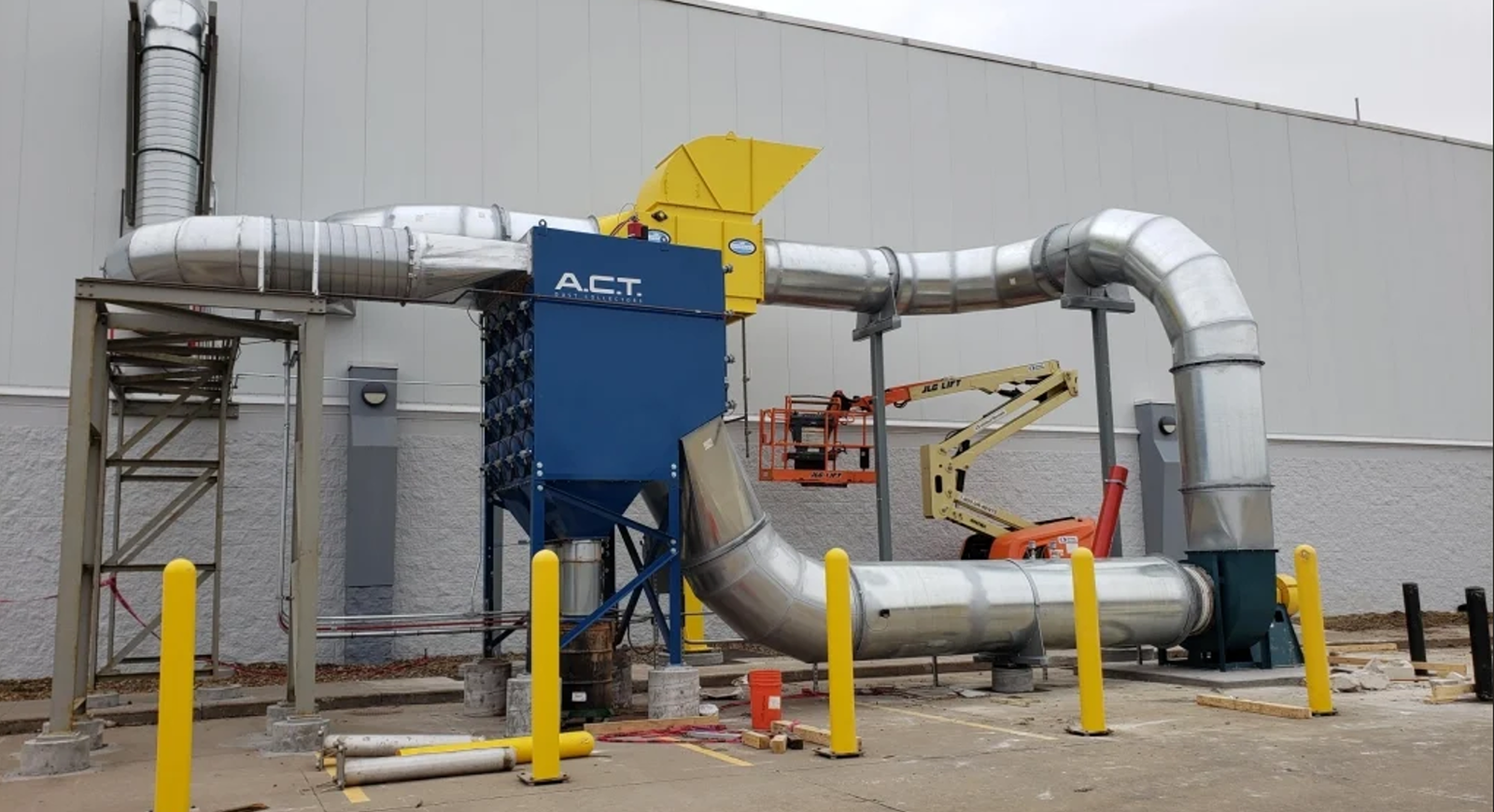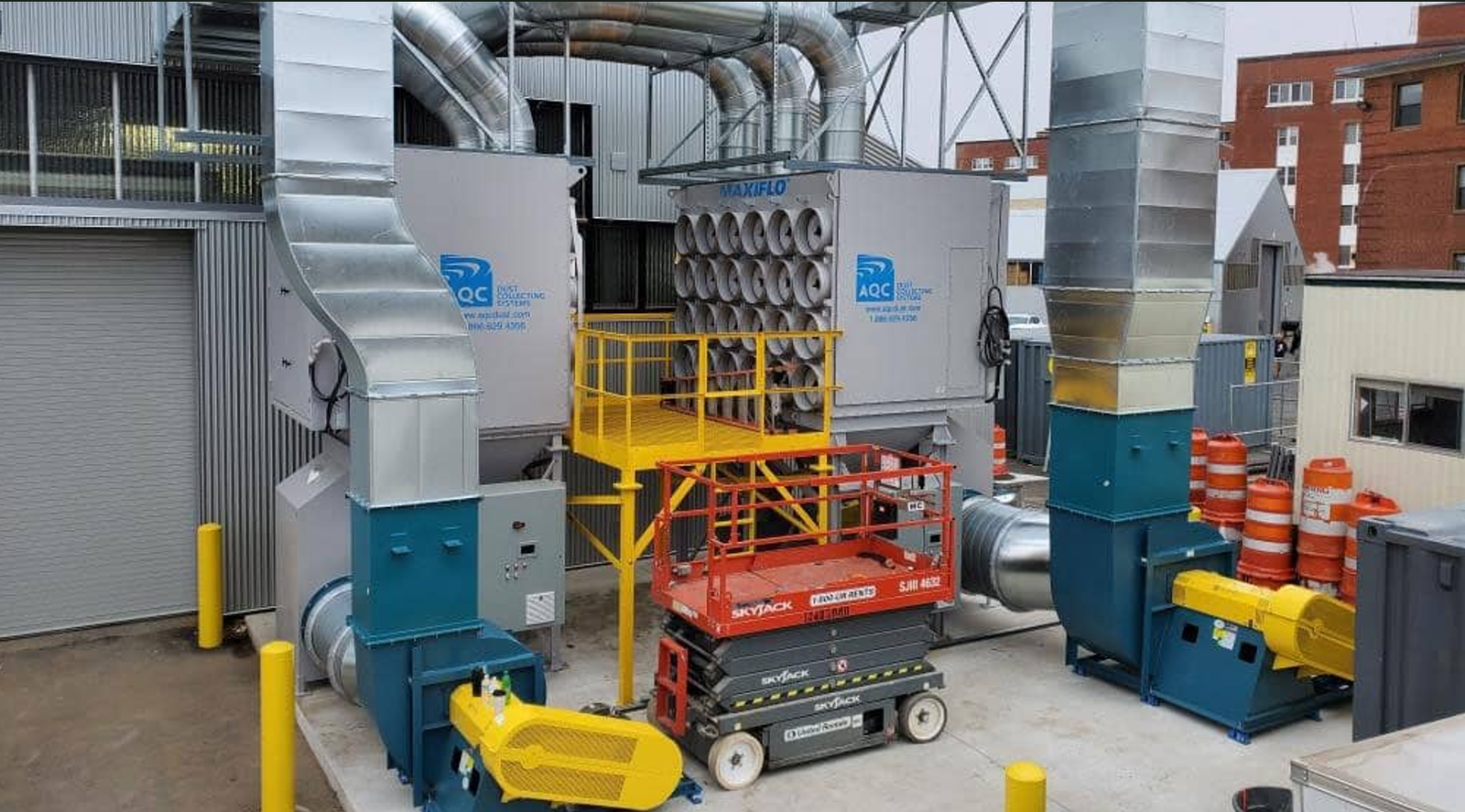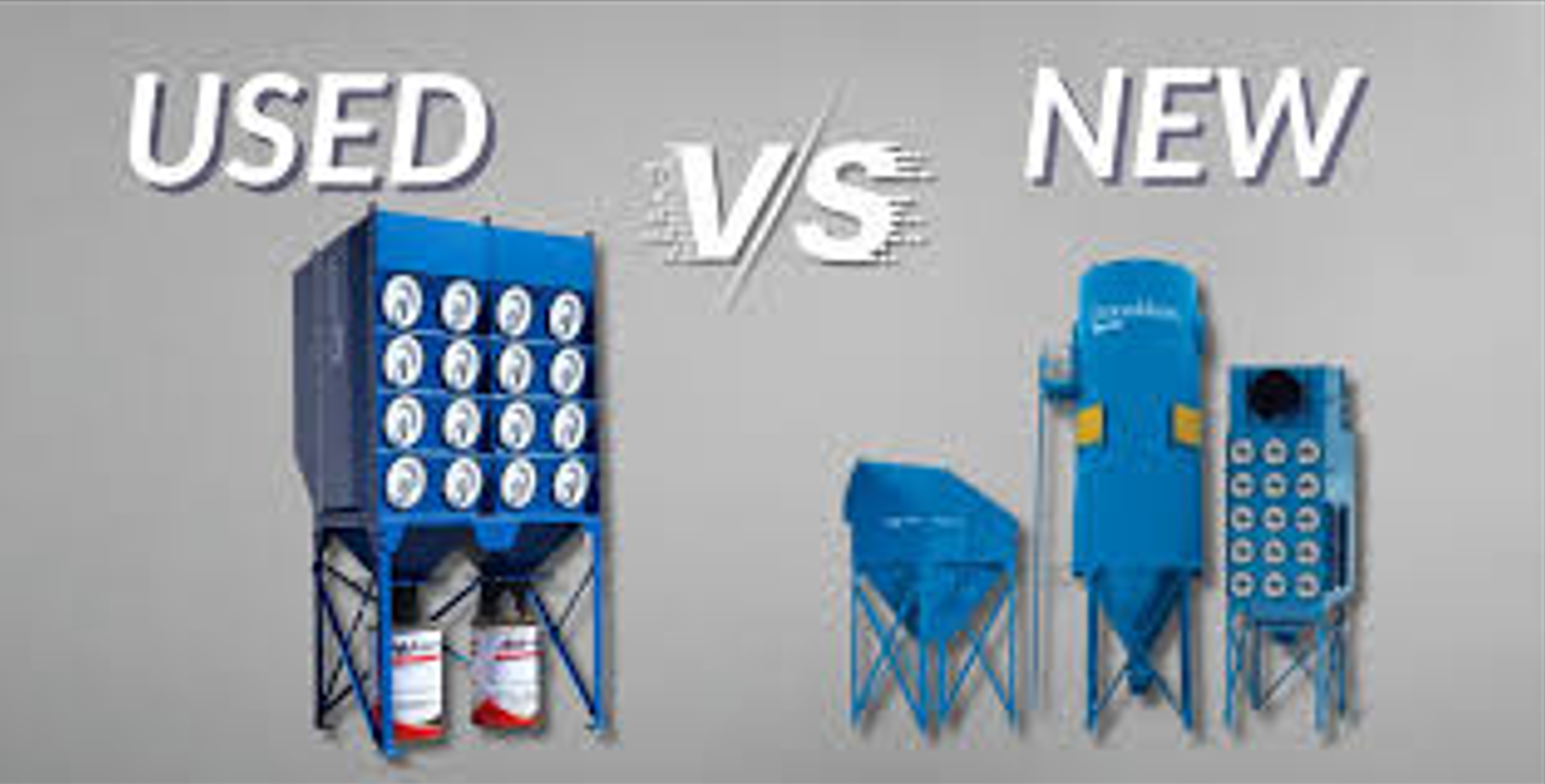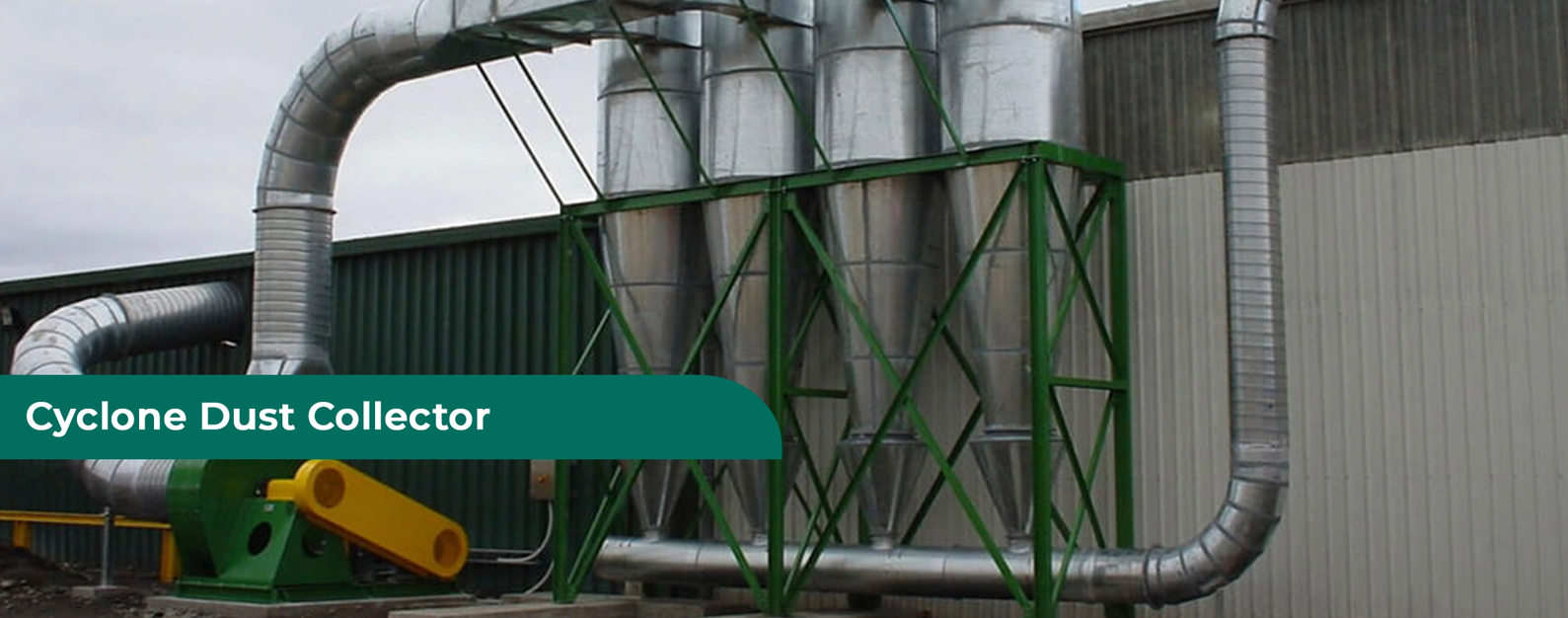When it comes to maintaining a clean and safe working environment in industrial or commercial setups, a dust collector is not just an accessory—it’s a necessity. Whether you work in woodworking, metal fabrication, pharmaceuticals, or food processing, airborne dust can impact product quality, employee health, and compliance with safety standards.
But with so many types available, how do you choose the right one for your needs? Let’s break it down in a clear, practical way so you can make a confident decision.
1. Understand the Different Types of Dust Collectors
Before you buy, it’s essential to know what’s out there. Each type serves a different purpose:
- Centralised Dust Collector – Perfect for large-scale operations where dust extraction is needed at multiple points. It connects to various machines and provides consistent suction power throughout the facility.
- Cartridge Dust Collector – Known for high filtration efficiency, especially for fine dust particles. Compact in design, making it ideal for spaces where floor area is limited.
- Manual Dust Collector – A cost-effective option for small workshops or occasional use. These are portable and easy to operate without complicated controls.
- Cyclone Dust Collector – Uses centrifugal force to separate heavy particles from the air stream before filtration. Excellent for handling larger dust loads.
2. Evaluate Your Dust Type and Volume
Not all dust is the same. The size, weight, and properties of the dust particles in your workspace will determine which dust collector works best.
- Fine Dust – Opt for a cartridge dust collector for high filtration efficiency.
- Heavy Particles – A cyclone dust collector can handle large, abrasive particles without clogging filters quickly.
- Mixed Dust Types – A centralised system may be ideal for versatility.
Pro Tip: Always check the dust collector’s filtration rating (measured in microns) to ensure it meets your safety and compliance requirements.
3. Consider Airflow and Suction Power
The dust collector’s performance is often measured in CFM (Cubic Feet per Minute). Higher CFM means greater suction capability. If you’re running multiple machines at once, you’ll need a system with higher airflow capacity.
- A small workshop with 1–2 machines may require 500–1000 CFM.
- Medium to large facility – 2000+ CFM for simultaneous operation across multiple points.
4. Space and Installation Requirements
Your available space will determine the design and size of your dust collector:
- Floor Space – Cartridge units are compact, while centralised systems require dedicated installation areas.
- Height Clearance – Cyclone units often require more vertical clearance.
- Mobility – Manual dust collectors are portable, making them suitable for changing work environments.
5. Maintenance and Filter Cleaning
Dust collectors need regular upkeep to maintain performance:
- Cartridge Filters – Require periodic cleaning or replacement, depending on dust load.
- Cyclone Units – Lower filter maintenance is required, but they need periodic emptying of dust bins.
- Manual Systems – Simple to maintain, but require manual dust disposal.
If downtime is a concern, choose a model with an easy-access filter cleaning system or automated filter pulse cleaning.
6. Energy Efficiency and Operational Costs
A dust collector is a long-term investment, so operational costs matter.
- Energy-efficient motors can significantly reduce electricity bills.
- Automatic start/stop features save power during idle times.
- Long-life filters minimise replacement frequency and costs.
7. Compliance and Safety Standards
Different industries have different air quality regulations. Ensure your dust collector complies with OSHA, NFPA, or local safety guidelines. This is crucial for protecting workers’ health and avoiding penalties.
8. Budget and Return on Investment
While it may be tempting to choose the lowest-priced option, the cheapest isn’t always the most cost-effective in the long run.
Consider:
- Purchase cost
- Installation cost
- Maintenance expenses
- Expected lifespan
A well-chosen system will pay for itself over time by improving productivity, reducing downtime, and keeping employees safe.
Key Takeaways Before You Buy
- Identify your dust type and production volume.
- Match the dust collector type to your operational needs.
- Check for compliance with industry regulations.
- Consider both initial and ongoing costs.
- Prioritise ease of maintenance and energy efficiency.
Choosing the right dust collector is about balancing performance, efficiency, and long-term value. Whether it’s the versatility of a centralised system, the compact power of a cartridge unit, the simplicity of a manual collector, or the rugged performance of a cyclone model, your decision should be guided by your specific work environment and goals.
By taking the time to assess these factors now, you’ll ensure a cleaner, safer, and more productive workplace for years to come.



